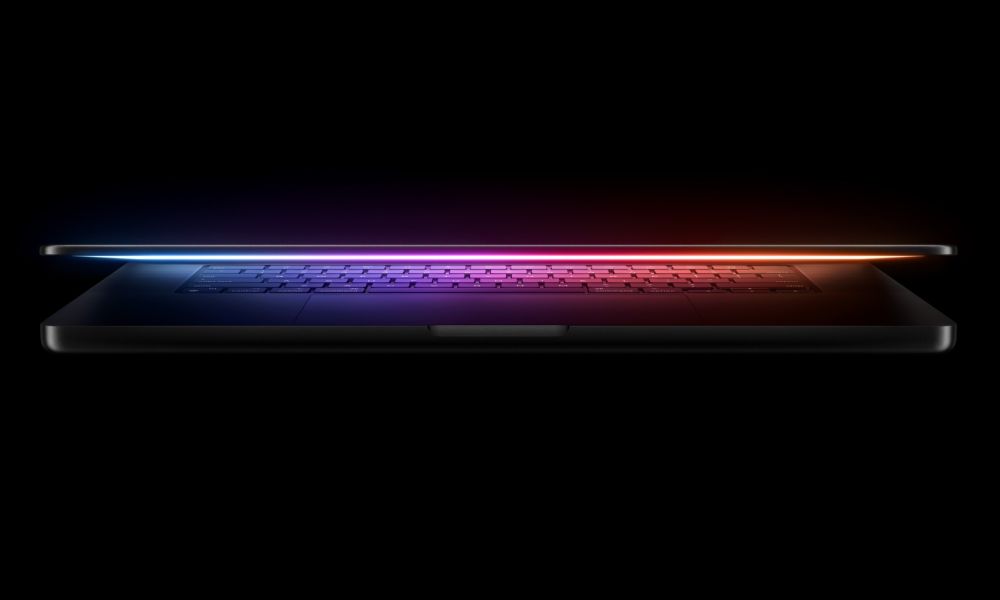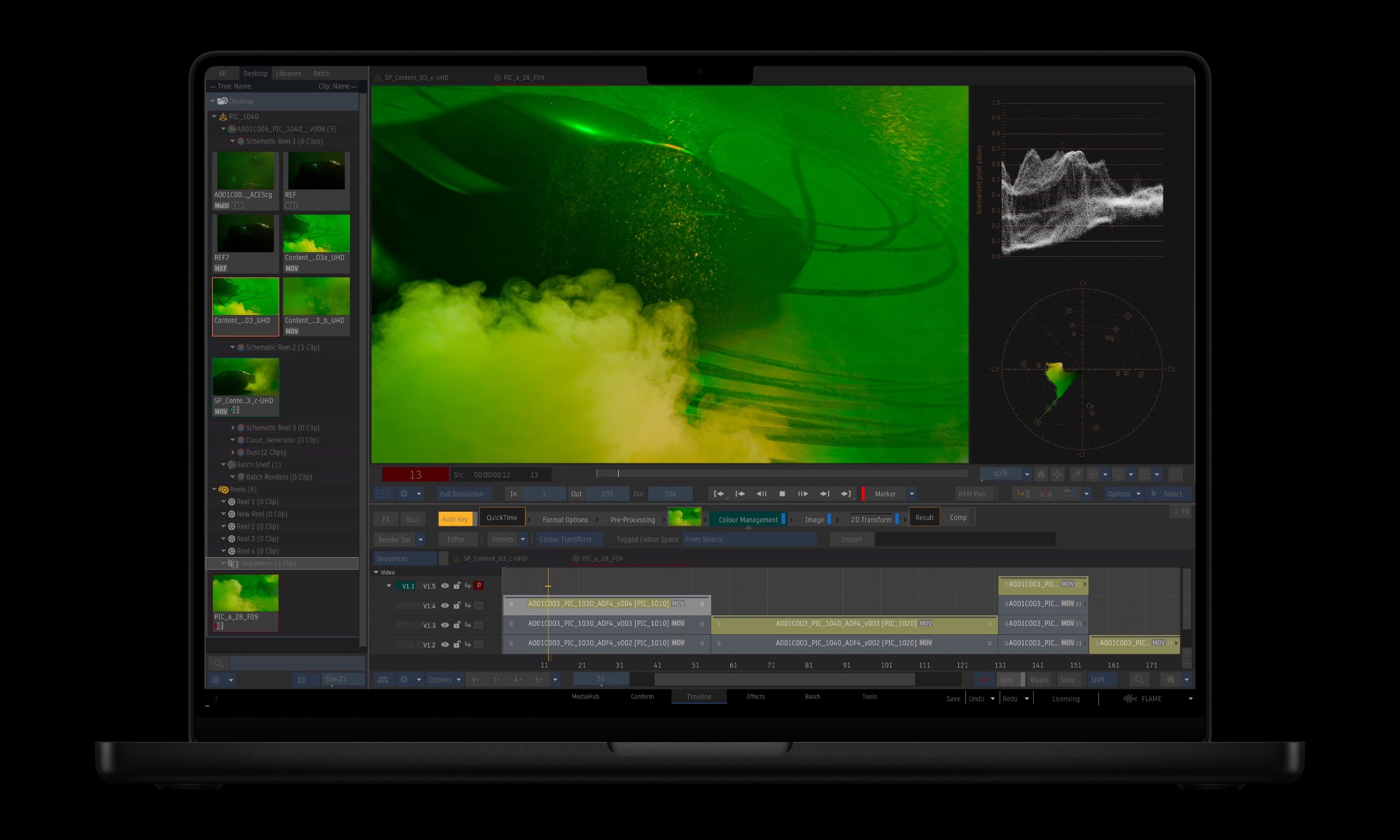This Year’s M4 MacBook Pro Lineup Has a Hidden Display Upgrade

Toggle Dark Mode
Although this year’s MacBook Pro models may not look much different from their predecessors, they boast some nice performance upgrades under the hood. Now, it turns out there’s another improvement in the Liquid Retina XDR display that’s not reflected in the specs.
We’re not just talking about the new nano-texture glass. Although that’s a fantastic optional upgrade for those who prefer the matte look, it appears Apple has also adopted a new display technology under the glass of both the standard and nano-texture displays that should make them even more vibrant and color-accurate.
The news comes from DSCC display analyst Ross Young, who often has good insights into Apple’s display plans — both current and future. According to Young, this year’s models feature new quantum dot (QD) display technology — a film that replaces the more traditional red KSF phosphor used on prior models.
The practical upshot of this for end users is displays with more saturated, vibrant, and accurate colors across a wider color gamut. That should also make better use of the brighter display, which can now hit 1,000 nits of peak SDR brightness, up from 600 on last year’s model (HDR peak brightness remains unchanged at 1,600 nits). The QD film also provides better motion performance, making the 120Hz ProMotion displays even more buttery-smooth than ever.
I noticed that motion looked better on MacBook Pro M4 than MacBook Pro M1-M3.
Pixel response is pretty clearly significantly faster when TestUFO motion tests seen side by side, you can go to Apple Store & run https://t.co/Lc0y6bojGj versus M1. The M4 LCD is noticeably faster.— Blur Busters (@BlurBusters) November 15, 2024
QD isn’t exactly new technology — it’s what the “Q” stands for in the QLED TVs that have been around for years — but it complements Apple’s mini-LED technology nicely. Quantum dot technology is also starting to make its way into OLED panels, known as QD-OLED, so this could be a first step toward the OLED MacBooks likely coming in the next 2–3 years.
The tech isn’t even a new idea for Apple. The company has considered and dismissed it for years, as the original QD films used cadmium. That toxic element wouldn’t align too well with Apple’s environmental goals. As 9to5Mac’s Ben Lovejoy points out, cadmium has been classified by the World Health Organization (WHO) as a human carcinogen that can affect the kidneys, skeletal, and respiratory systems. It’s not necessarily unsafe when used inside a sealed display, but it creates an environmental problem when those electronics are disposed of or recycled.
It’s understandable why Apple didn’t want to go there. However, as Young points out, cadmium-free films now exist that not only eliminate the environmental hazard but also offer an even better color gamut and motion performance.
While it’s unusual that Apple didn’t market this change when announcing the new MacBooks, it may have felt too technical to discuss. Plus, without explaining the environmental issues around cadmium, Apple would effectively be admitting it’s introducing a technology that some of its competitors have used for nearly a decade.
Most people won’t notice the changes unless they compare two MacBooks side-by-side, but they’re still a welcome improvement for content creators. Combined with the new nano-texture glass, which offers a glare-free look that doesn’t compromise color accuracy or brightness like matte screen protectors, the M4 MacBook Pro is even more compelling for creative professionals who work with photos, videos, and other visual mediums that rely on balance and grading colors.








